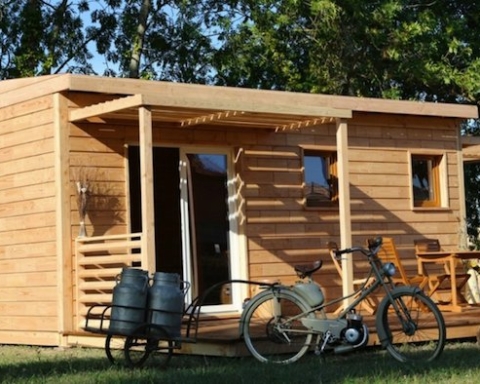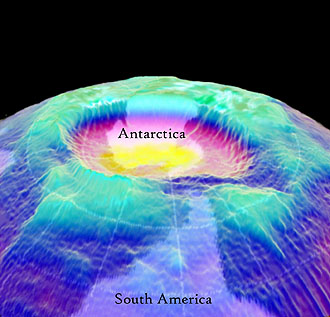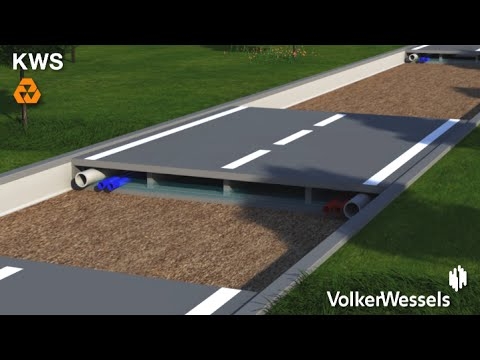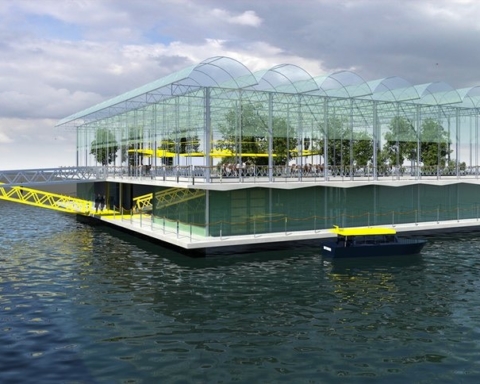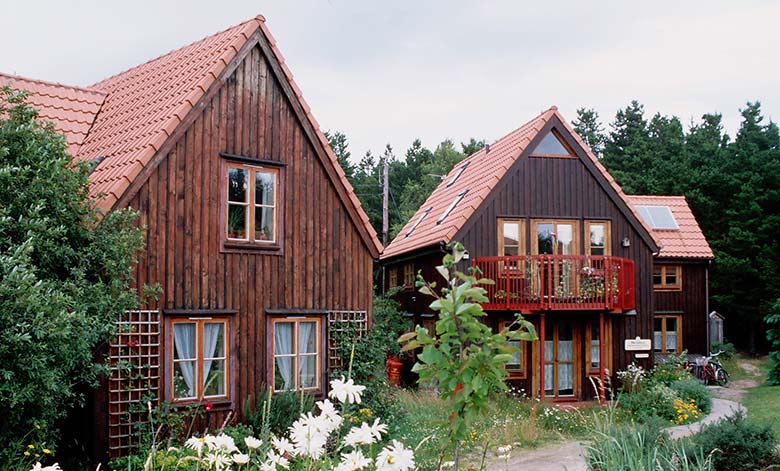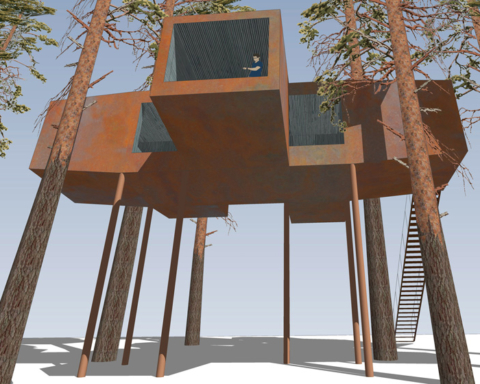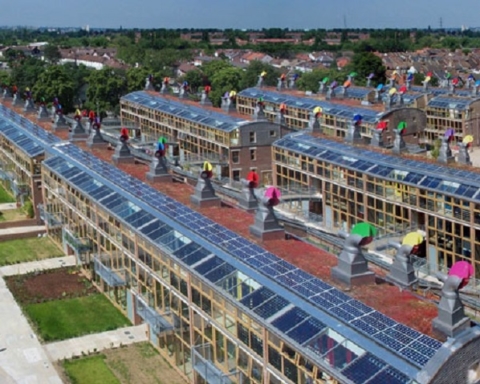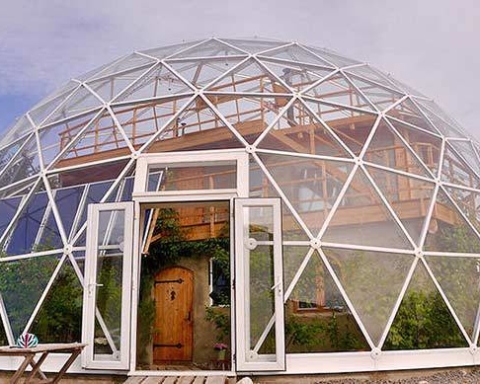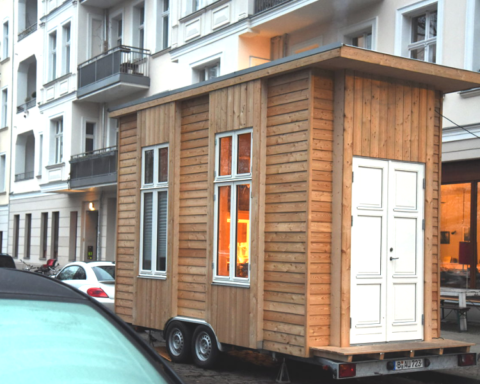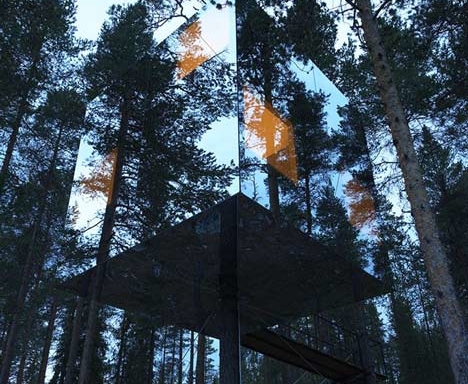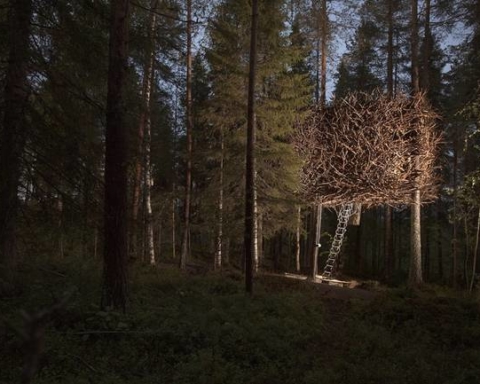Whisky lovers will feel at home in the Findhorn barrels. Manufactured from giant whisky tanks the barrels house a community of 500 residents. Thanks to their commitment to the environment, so that the eco-village has a very low ecological footprint, this community has received attention in recent years.
When you arrive in Findhorn, situated in north of Scotland, you fully become aware of the ecological dimension of the project. Many families still live in a hundred fixed caravans. Other houses, more intriguing, are distinguished from parquet floors and were built from immense barrels used during the process of whisky maturation.
These alternative dwellings were imagined by a resident, Roger Douda. At first, he wanted to build a school or a common room from the vats. The idea does not appeal to parents who do not want their children to be educated in the middle of alcohol drums. He then decided to build the individual houses, the first of which was completed in 1986.
The energy of the village is provided by four large wind turbines and the inhabitants have many water heaters powered by solar energy
From there, the model has been developing with more than 100 ecologically neutral houses which have been built according to as varied as imaginary methods. In addition, the inhabitants use a free local currency and place an important part on exchange and sharing. Their vision is fuelled by the idea that one must live in harmony with nature and other human beings. For this reason, great attention is given to listening to oneself, to others and to creation.
Nowadays the village is being visited by many tourists attracted by the program of environmental education and sustainable development proposed by the inhabitants. Indeed, the Findhorn Foundation offers sustainability study seminars as well as courses on ecological design. There are also the sociological, technical and economic aspects of the question.
At Findhorn, ecological thinking transcends every aspect of everyday life. The village wastewater is treated on site using a cleaning technique that combines bacteria and plants.
From an energy point of view, the village is no exception: infrastructures have been built nearby to meet the needs of the inhabitants. The energy of the village is provided by four large wind turbines and the inhabitants have many water heaters powered by solar energy.
Finally, a significant part of the food consumed is produced on the plaza in the shared gardens: enough to ensure the resilience of the village.
According to a 2006 study, the inhabitants of Findhorn have an ecological footprint half the size of the United Kingdom and Scotland: 2.7 hectares per inhabitant, compared with 5.4 in the United Kingdom, according to the same study. A remarkable prowess!
